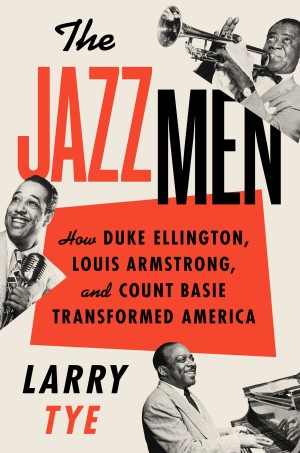Born to Jewish immigrants, Julius Rosenwald rose to lead Sears, Roebuck & Company and turn it into the world’s largest retailer. Born into slavery, Booker T. Washington became the founding principal of Tuskegee Institute. In 1912, the two men launched an ambitious program to partner with Black communities across the segregated South to build public schools for African American children. One of the earliest collaborations between Jews and African Americans, this initiative drove dramatic improvement in African American educational attainment and fostered the generation who became the foot soldiers of the civil rights movement.
Of the original 4,978 Rosenwald schools built 1912 – 1937 across fifteen states, only about 500 survive. To tell this story visually, Andrew Feiler drove 25,000 miles, photographed 105 schools, and interviewed dozens of former students, teachers, and preservationists. The book includes 85 photographs capturing interiors and exteriors, schools restored and yet-to-be-restored, and portraits of people with compelling connections to these schools. Brief narratives written by Feiler accompany each photograph. The book’s foreword is by Congressman John Lewis, a Rosenwald school alum.

Nonfiction
A Better Life for Their Children: Julius Rosenwald, Booker T. Washington, and the 4,978 Schools that Changed America
- From the Publisher
September 1, 2020
Discussion Questions

Jewish literature inspires, enriches, and educates the community.
Help support the Jewish Book Council.


